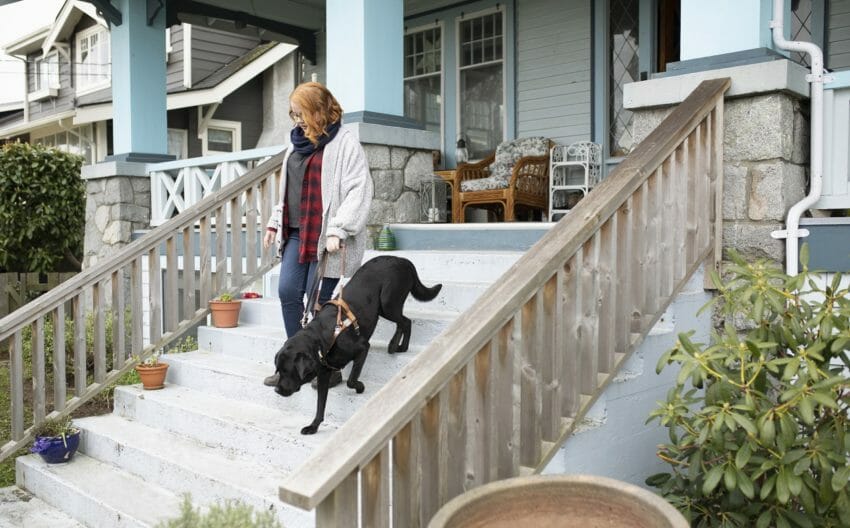The need for, and benefits of having, a diverse workforce are increasingly well recognised by British businesses. This is welcome progress, but for disabled people, the barriers to work remain high. Their unemployment rate in the UK (8%) is double that of people without disabilities (3.3%).
There is a great deal businesses know they can do to break these barriers – introducing flexible working patterns, for example, and ensuring workplaces are accessible and comfortable. But what’s often overlooked is the positive impact they can make by increasing and improving the representation of disabled people through their advertising and other visual communications.
The ‘disability representation gap’
The images we see every day helps inform our view of ourselves, and of others. Better representation of disabled people by businesses through their visual communications, and by the media at large, helps raise awareness and foster greater understanding – contributing to better treatment and, by extension, access to jobs.
To address this issue, Getty Images has been working with the National Disability Leadership Alliance, and Verizon Media, to create The Disability Collection – a growing library of stock images which aim to break stereotypes and more authentically portray individuals with disabilities.
>See also: How RBA’s disability strategy enables it to thrive
Three key principles of improving the representation of disabled people emerged during this process – and should inform the visual communication strategies of all UK businesses:
1. Increase representation
A relatively simple one to start with. In the same way that there is a disability employment gap, there is also a ‘disability representation gap’. Despite making up one-fifth (20%) of the population, disabled people feature in less than 2% of media.
Increasing the amount of imagery which features people with disabilities will not only contribute to making those individuals feel more accepted, it will also help highlight and normalise their role within society.
Encouragingly, Getty Images’ own customer search data shows that brands and media are increasingly seeking out imagery featuring disabled people. For example, the search term “people with disabilities” saw a 200% increase from 2017 to 2018. We hope to see this grow as brands and businesses increasingly recognise the importance of greater representation of disabled individuals.
2. Be authentic
It’s not just about driving up the volume. Businesses must ensure that any imagery they use to represent disabled people does so authentically. This not only reduces the risk of getting it wrong (we can all recall instances where well-meaning organisations haven’t quite hit the mark), it increases the likelihood that the image will truly resonate with a disabled individual.
The most important factor here is that the model is disabled, rather than an actor portraying disability. For greater authenticity, the imagery would ideally be captured within the model’s home or place of work. This will help ensure the image is imbued with the kinds of details and nuance that will make it feel real to those it is trying to portray.
Meanwhile, the UK’s disabled population is just as ethnically, socio-economically and culturally diverse as the nation’s population at large. The imagery used to represent them must also reflect this broad mix of society.
3. Avoid stereotypes
There are, of course, challenges to visually capturing a range of disabilities – imagery relies on visual cues, which is why individuals in wheelchairs have historically featured heavily. However, these individuals only constitute a small percentage of the disabled population. A disproportionate emphasis on wheelchairs provides a limited view of disabled people to the broader population and risks alienating those with different disabilities. Encouragingly, we are starting to see an increased number of searches for images of individuals with a range of disabilities, for example; ‘learning disabilities’ (88% increase from 2017 to 2018) and those who are ‘hard of hearing’ (90% increase).
Additionally, much of the imagery representing disabled people present a stereotypical narrative of the individual ‘overcoming’ their disability. What has been lacking, and what The Disability Collection looks to address, is images of people with disabilities authentically living their everyday lives.
The solution is to remove the focus on the disability itself – depicting it instead as one aspect of a person’s much broader identity. For this reason, images in The Disability Collection capture ordinary moments in the lives of disabled individuals, such as meeting up with friends, going to work and grocery shopping. The images showcase human interactions and people’s facial expressions, rather than the old clichés of hands gripped on wheelchairs, or the blur of a prosthetic limb as it hits a running track. This, again, helps normalise disability and the notion that these individuals are so much more than their disability alone.
>See also: Purple Tuesday: businesses urged to open doors to billions held by disabled consumers
Imagery for good
There is a compelling business case to improve the representation of disabled individuals in visual communications. Verizon research carried out around the collection found that 70% of those surveyed would feel more positively towards a brand if its advertising featured people with disabilities, while 56% would feel negatively about those that portray disability in an inauthentic way. Furthermore, companies which represent disabled individuals authentically are more likely to attract members of this valuable workforce as employees.
Yet the most compelling motivation for businesses should be their responsibility to help break down the attitudes and prejudices which surround disabled individuals. Not just those that prevent them from working in quality roles, but those that have left them open to record levels of online hate crime. Images have the power to shape ideas. They also have the power to move the world. It is my hope that The Disability Collection prompts UK businesses to think seriously about how they can use imagery to create a better world for our disabled population.
>See also: 25 year-old with autism supports disability-friendly Inclusive Apprenticeships campaign






